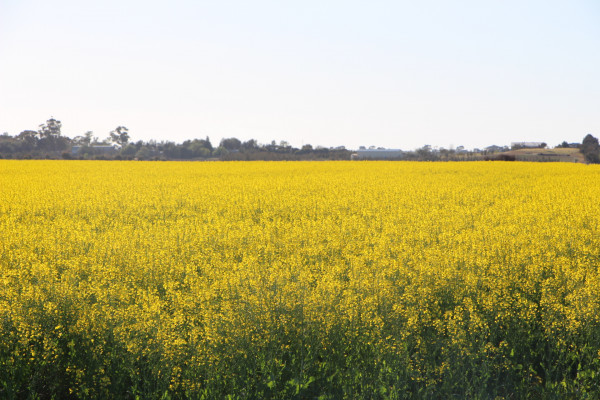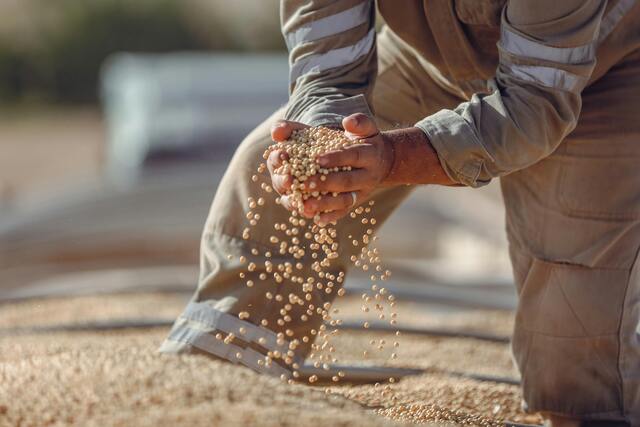AUSTRALIAN agriculture has had another bumper year, with near-record production despite devastating floods in eastern states taking its toll on some crops.
The quarterly outlook for December from the Australian Bureau of Agricultural and Resource Economics and Sciences also found the value of exports is expected to approach records for the 2022 to 2023 financial year.
“The gross value of agricultural production is forecast to be a near-record $85 billion in 2022-23, just shy of the record set the previous year,” ABARES Jared Greenville said.
“Another bumper year combined with high commodity prices means Australia’s agricultural exports are forecast to break records at over $72 billion in 2022 to 2023.
“Meanwhile, the winter crop is forecast to be the second largest on record at over 62 million tonnes.”
In Victoria, high yields in the Mallee and the Wimmera will offset crop losses in central and northern border regions.
While flooding and waterlogging have caused widespread damage on the east coast, stored irrigation water is at the highest level in a decade.
The bureau found the volume of water held in storage across the Murray-Darling Basin reached close to 96 per cent of capacity, the highest level since 2011 to 2012 and close to 10 per cent higher than at the same time last year.
Livestock production was expected to hold steady, contributing $34 billon to the national total, Dr Greenville said.
The outlook concluded inflation is squeezing demand and producer incomes across the agricultural sector.
“Considerable uncertainty remains over winter crop harvest progress and grain quality in NSW and Victoria given ongoing high rainfall, which could lead to downgrades in production value,” Dr Greenville said.
He said harvests in Victoria and NSW were likely to run well into summer.
Federal Agriculture Minister Murray Watt urged those affected by floods to contact the National Emergency Management Agency for help.
“This is a timely reminder that our sector is beholden to climate conditions,” Senator Watt said.
“We need to continue to support the agricultural industry to prepare for and respond to the ongoing impacts of climate change.”







